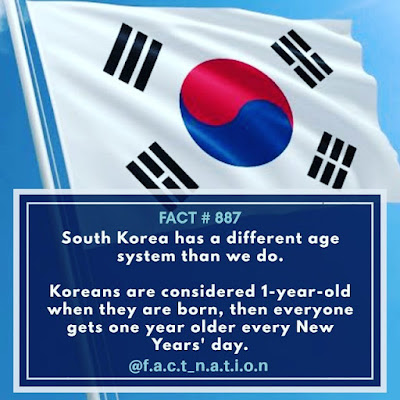Tradition and Holidays of Korea
Until the mid-20th century,
Korea was primarily
an agricultural society,
and the seasonal rhythms of daily life were organized by the lunar calendar. The Lunar New Year’s Day (Seol or Seollal), one of the most important of all the traditional Korean festivals, is celebrated with a
special festival food called Tteokguk, or “rice flake soup”. The festival is also related with the ceremony of
performing the Sebae (New Year’s Bow) before the elders of one’s family and neighborhood. After Sebae, the elders present
New Year’s gift money to their juniors.
Another important festival called Daeboreum (Greater Full Moon)
celebrates the fifteenth day of the first month of the year by the lunar calendar. On that day, people eat special festival
food called Ogokbap,
a dish made with five grains and served with an
assortment of cooked vegetables, play games aimed for the unity of the local community
and perform rituals
for good harvest.
“Chuseok”, also one of the most widely
celebrated and famous
festival of Korea, which is held on the fifteenth day of the eighth
lunar month, consists of thanksgiving services. Considered as important as Seol, Chuseok is one of the two
annuals occasions when all the family members
gather together.
Koreans count age in their unique way, in which everyone is 1 from the time they are born and gets a year older on New Year’s Day instead of their birthday. Seniors have three special birthdays to celebrate: on their 60th, 70th and 80th birthday, the whole family celebrates them as big as possible.
Korean names are written in the order of surname first and given name later.
In Korea there are four national holidays designated by the government:
1. Independence Declaration Day (Samiljeol, March 1), which commemorates the March First Movement, one of the earliest public displays of Korean resistance against the Japanese occupation of Korea, and the promulgation of the Constitution of the Republic of Korea in 1948;
2. Liberation Day (Gwangbokjeol, August 15), celebrating national liberation from Imperial Japan in 1945;
3. National Foundation Day (Gaecheonjeol, October 3), which marks the foundation of Gojoseon, the first state of the Korean nation and
4. Hangeul Day (Hangeullal, October 9), which
commemorates the invention and proclamation of the Korean writing
system.
Donguibogam: Principles and
Practice of Eastern Medicine is a Korean book compiled by the royal physician, Heo Jun in 1610 during the
Joseon Dynasty. Listed on UNESCO’s Memory of World Register, this book is
referred to as the best
encyclopedia of eastern
medical knowledge.
Know More Information related to South Korea
Know More Information related to South Korea
Click the Link below:
1. About South Korea
2. Culture of South Korea
3. Tradition and Holidays of Korea
4. Relation between India and Korea
5. Tourism in Korea
6. Korean Language
7. Conclusion
Subscribe to our Newsletter
Get notified about the latest news, amazing facts, and many more at INFINITE VIVEK.
🛩️ Fly to our official Telegram Group.

















0 Comments